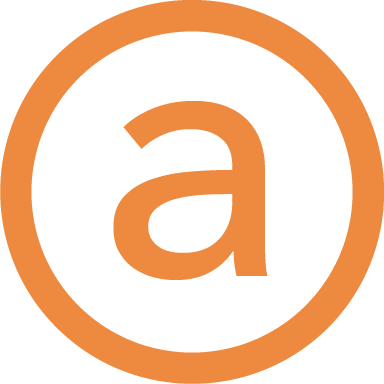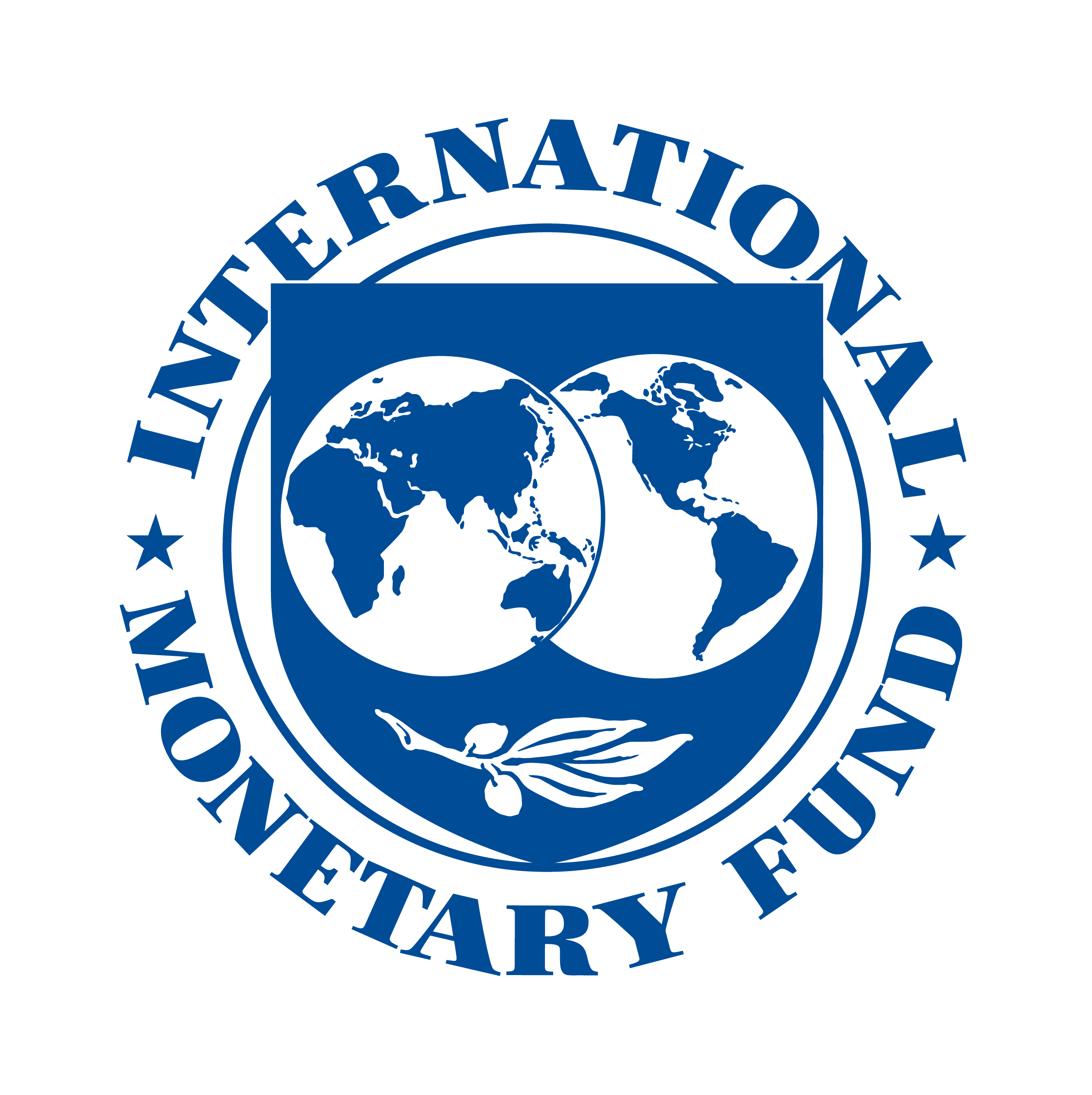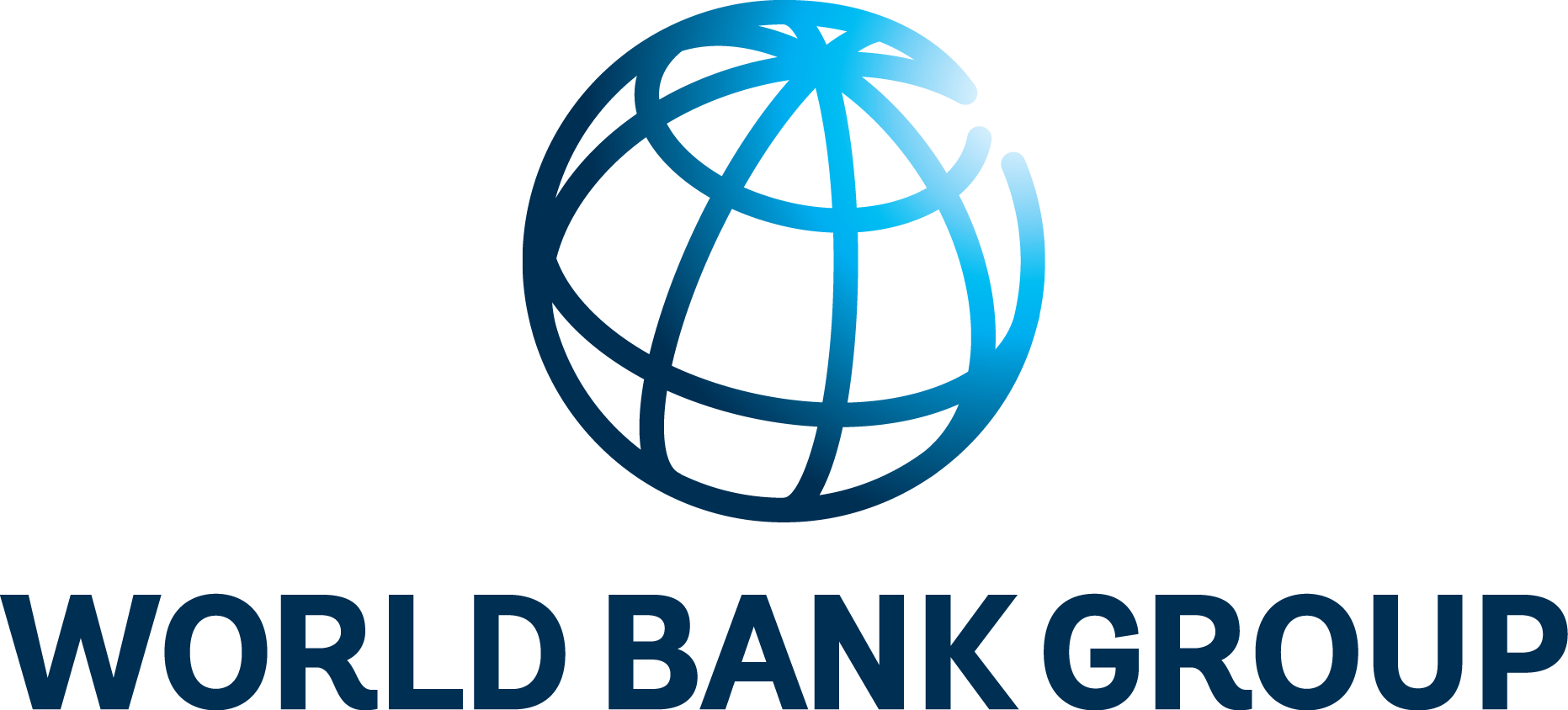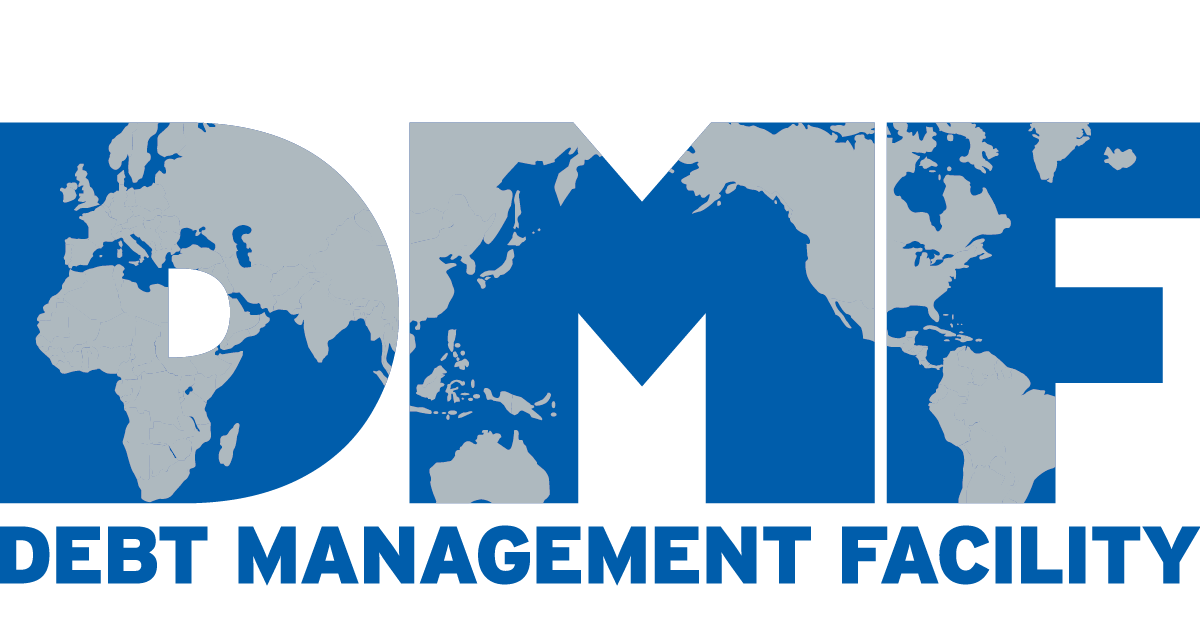Welcome!
This offline resource contains interactive self-study materials to help you assess the risk of debt distress and understand debt-related vulnerabilities in countries that have significant shares of concessional debt. This reflects the policies under the 2017 review of the Debt Sustainability Analysis for Low-Income Countries.
This guide applies to countries that have substantially long-maturity debt with terms that are below market terms (concessional debt), or to countries that are eligible for the World Bank’s International Development Association (IDA) grants.
Generally, Low-Income Countries (LICs) can borrow on concessional terms from bilateral official lenders, or through facilities available under the IMF Poverty Reduction and Growth Trust (PRGT) and the World Bank’s IDA.
Your self-study journey
A set of 10 stations will guide your self-paced learning journey. Each station represents the key features of the LIC DSF and, where relevant, will discuss important economic policy issues alongside the Excel-based LIC DSF template.
Before you start offline
Please download the latest (2017) Guidance Note on the LIC DSF, most recent LIC DSF Excel template, and the User's Manual for the LIC DSF Template from www.imf.org/dsalic or http://www.worldbank.org/en/topic/debt/brief/dsf.
What does the LIC DSF do? |
|
|
CLASSIFIES countries based on their assessed debt-carrying capacity |
|
|
ESTIMATES threshold levels for selected debt burden indicators |
|
|
EVALUATES baseline projections and stress test scenarios relative to these thresholds |
|
|
COMBINES indicative rules and judgements to assign ratings for risk of debt distress |
|
Legend
Throughout your journey, you will encounter resources that will help you get a deeper understanding of the content. Keep note of the buttons/symbols below that will provide additional information.


Example
Table
Messages

Appendix

Additional
Information

Graphics Details

Audio Clip
It's time to start your journey by proceeding to Station 1!
 |
 |
 |
 |
 |
 |
 |
 |
 |
 |





